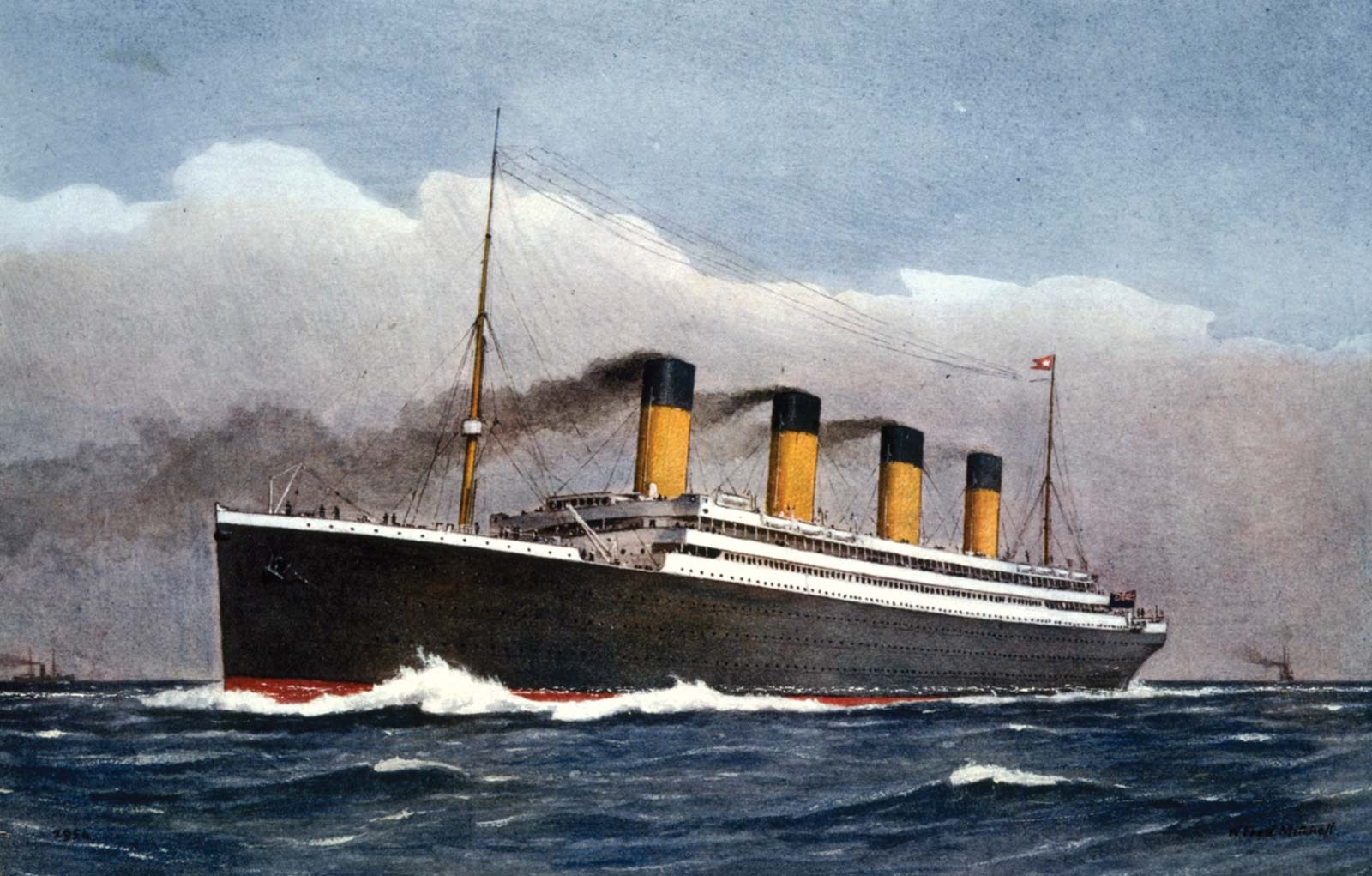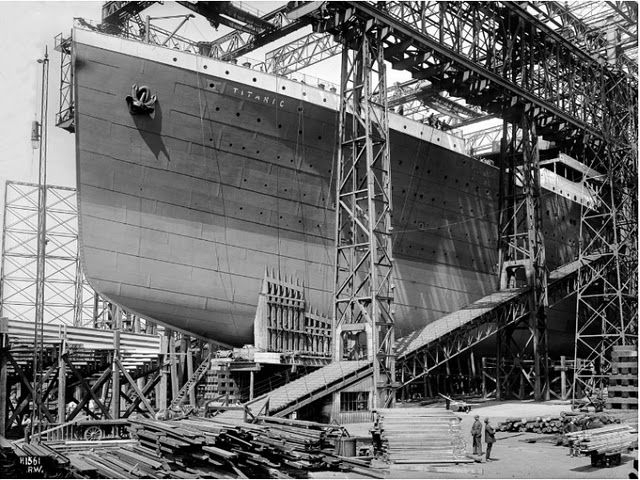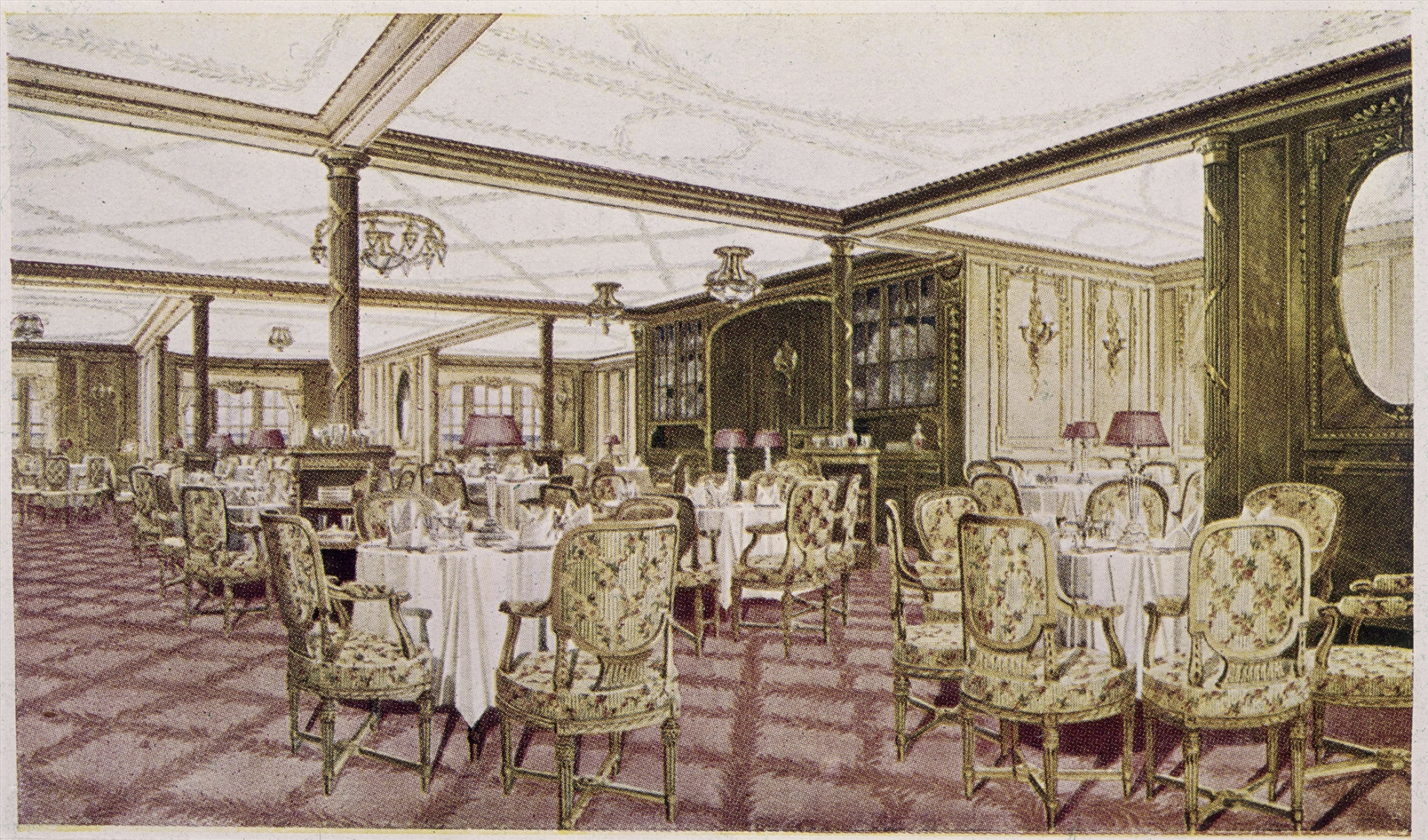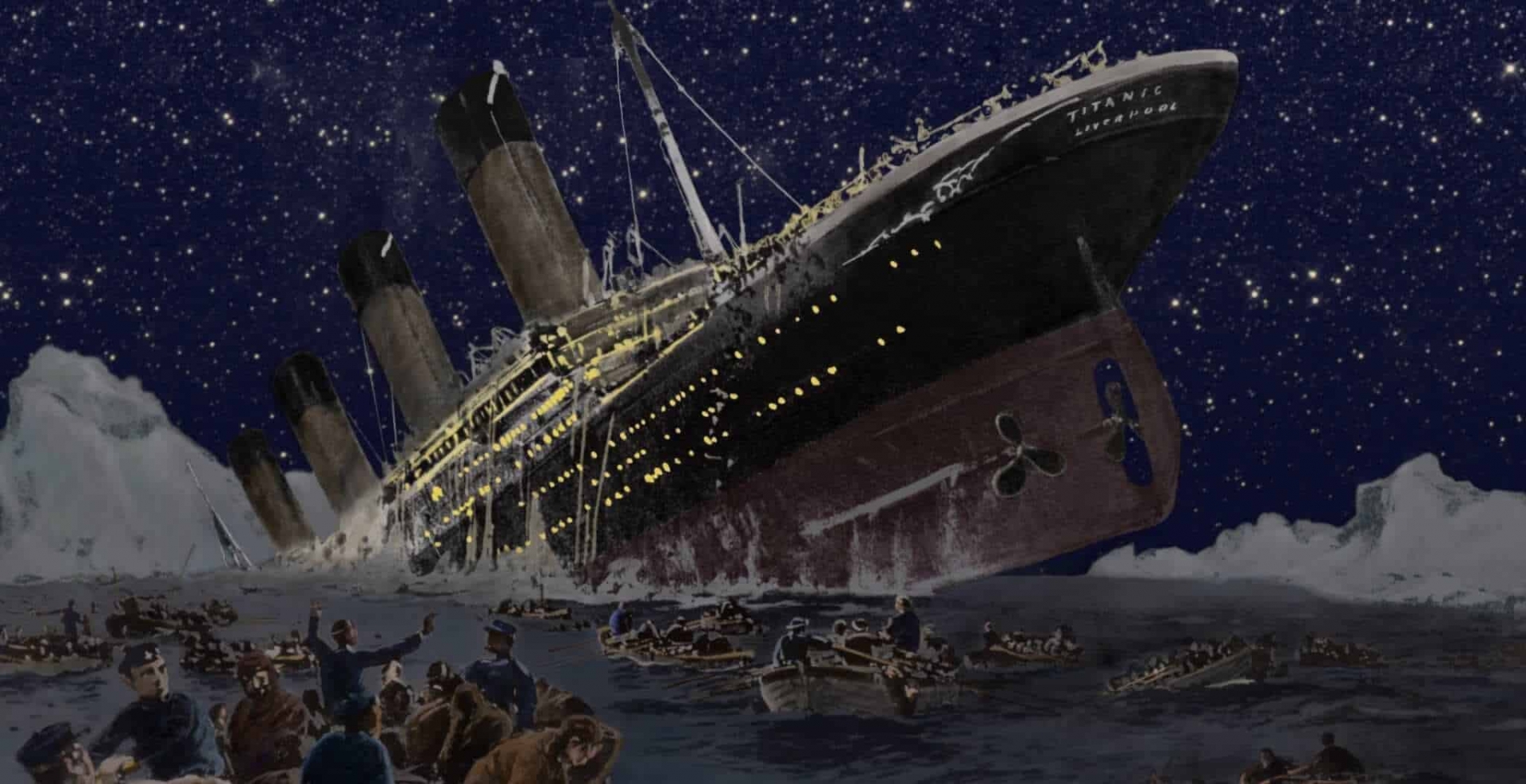Jaw-blogging Facts about Titanic
Below is a list of facts that KnowInsider wants to share with you. Stay tuned!
RMS Titanic
 |
| Jaw-blogging Facts about Titanic - Photo: Britannica |
The RMS Titanic, a luxury steamship, sank in the early hours of April 15, 1912, off the coast of Newfoundland in the North Atlantic after sideswiping an iceberg during its maiden voyage. Of the 2,240 passengers and crew on board, more than 1,500 lost their lives in the disaster. Titanic has inspired countless books, articles and films (including the 1997 “Titanic” movie starring Kate Winslet and Leonardo DiCaprio), and the ships story has entered the public consciousness as a cautionary tale about the perils of human hubris.
The Building of the RMS Titanic
The Titanic was the product of intense competition among rival shipping lines in the first half of the 20th century. In particular, the White Star Line found itself in a battle for steamship primacy with Cunard, a venerable British firm with two standout ships that ranked among the most sophisticated and luxurious of their time.
Cunard’s Mauretania began service in 1907 and quickly set a speed record for the fastest average speed during a transatlantic crossing (23.69 knots or 27.26 mph), a title that it held for 22 years.
Cunard’s other masterpiece, Lusitania, launched the same year and was lauded for its spectacular interiors. Lusitania met its tragic end on May 7, 1915, when a torpedo fired by a German U-boat sunk the ship, killing nearly 1,200 of the 1,959 people on board and precipitating the United States’ entry into World War I.
 |
| Titanic construction. Photo: Pinterest |
1. Life on board Titanic depended on who you were and how much money you had:
First class: the wealthiest people travelled in first class, located at the top of the ship, and boy did they travel in style! They slept in private, spacious suites and enjoyed delicious food in an elaborate dining room. They had access to lots of facilities, like cafes, a swimming pool, squash courts, barber shop and a reading and writing room.
Second class: not too shabby, either, second class accommodation consisted of cabins with two or four beds and a sofa, storage facilities, a sink and a mirror. Second class passengers could also enjoy an outdoor promenade, relaxation room, library and dining room.
Third class: the third class facilities were much more basic, but they were still far better than those on other boats at that time. Located at the bottom of the ship, cabins slept up to ten people and each had a sink and mirror. There was also a dining room where food was served three times a day. But the big down side? All 700 third class passengers had to share two bathtubs!
2. Titanic was built by a company called White Star Line. She was completed and ready for the ocean on 31 March 1912, after three years in construction in Belfast, Northern Ireland.
3. It didn't come cheap. The ship cost $7.5 million to build. Fun Fact: James Cameron's 1997 movie about the disaster had a production budget of $200 million.
 |
| Inside Titanic. Photo: Money |
4. Titanic was also known as the ‘Ship of Dreams’, and White Star Line claimed she was the safest ship of all time. To make sure she wouldn’t sink, her hull was made up of 16 separate sections. If two, or even three sections were damaged and water got in, the ship would still have time to sail to safety.
5. The Captain of Titanic – Edward John Smith – and his crew knew that the collision meant disaster; Titanic would sink in just a few hours. Distress signals were sent out to nearby ships and passengers were ordered to get to the lifeboats, fast!
6. The first ship to respond to Titanic’s distress signals was called the RMS Carpathia. But despite setting out immediately and traveling at top speed, she didn’t arrive until around 3.30 am — over an hour after the Titanic had sunk.
7. The interior design was based on a London hotel.
The Ritz in London's Piccadilly neighborhood loosely inspired the interior of the ship. The hotel opened in 1906 and is still operating today.
8. One of the ship's musicians wasn't officially declared dead until 2000. Roger Bricoux was the Titanic's cello player and just 21 years old when he perished during the ship's sinking.
But Bricoux wasn't officially declared dead until 2000, though all of the musicians died on April 15, 1912. The French army even called him a deserter when he failed to show up to serve in World War I.
9. The exact number of fatalities is still unknown. There are rough estimates based on the ship manifests, but people traveled under fake names and from so many different places that those lists weren’t entirely accurate.
 |
| The sinking of the Titanic. Photo: Historic UK |
10. Despite many attempts to find the wreck, Titanic remained hidden from the world for around 70 years. It wasn’t until 1985 that she was seen again — when oceanographer (a sea scientist) Dr Robert Ballard set out on a deep-sea mission in the Argo, a robot submarine. The team discovered Titanic on the seabed, nearly 600km off the coast of Canada.
11. The longest living survivor from Titanic was Millvina Dean, who lived to be 97 years old. She was just a baby when she, her mother and brother made it into one of the lifeboats. Millvina lived to tell the tragic tale until 2009, when she passed away.
12. A woman who survived the Titanic's sinking later survived the sinking of another ship.
Stewardess and nurse Violet Jessop survived the sinking of the Titanic only to experience another ship sinking on the Britannic four years later in 1916. Jessop survived again, but suffered a traumatic head injury.
13. The richest man aboard was John Jacob Astor IV, who was widely believed to have been the richest man in the world at the time of his death.
 |
John Jacob Astor IV. Photo: Insider |
14. On arrival at the disaster, the RMS Carpathia rescued those who had made it into the lifeboats. There were around 705 survivors in total, and all were transported safely to New York, USA.
15. There were over 2,200 people on board Titanic, 900 of which were crew members. The passengers included holiday makers, business men and people hoping to start a new life in America.
The Titanic Strikes an IcebergOn April 14, after four days of uneventful sailing, Titanic received sporadic reports of ice from other ships, but she was sailing on calm seas under a moonless, clear sky. At about 11:30 p.m., a lookout saw an iceberg coming out of a slight haze dead ahead, then rang the warning bell and telephoned the bridge. The engines were quickly reversed and the ship was turned sharply—instead of making direct impact, Titanic seemed to graze along the side of the berg, sprinkling ice fragments on the forward deck. Sensing no collision, the lookouts were relieved. They had no idea that the iceberg had a jagged underwater spur, which slashed a 300-foot gash in the hull below the ship’s waterline. |
 Facts about Pluto Facts about Pluto Discovered in 1930, Pluto is the second closest dwarf planet to the Sun and was at one point classified as the ninth planet. Pluto is ... |
 Amazing Facts about the Amazon Rainforest Amazing Facts about the Amazon Rainforest Stretching over a huge portion of the South American continent, the world’s largest and most bio-diverse rainforest is chock full of surprises. Learn amazing facts ... |
 Top 7 Amazing Facts about the Earth we're living in! Top 7 Amazing Facts about the Earth we're living in! Planet Earth? That shiny blue marble that has fascinated humanity since they first began to walk across its surface. And over the course of the ... |


























